North 40 Hosted Trip: World's Best Bass Fishing - Lake Picachos - Last Day
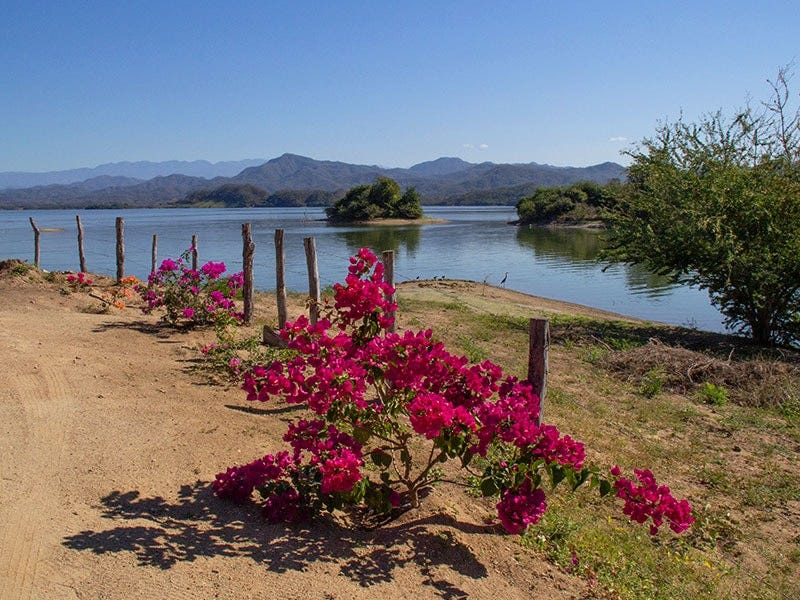
Día de Salida
On departure day, we get to sleep in. Breakfast was scheduled for 7-ish. Of course, I was wide awake at 5 a.m. I read for a little while and heard the guide boats pull up, ready to take a new batch of anglers out. Yeah, I was a bit envious. After the boats departed, I grabbed my popper rod and took a little walkabout. With an hour before breakfast and daylight coming on, I had some prime casting time. I find that one last session with the popper makes the sting of departure day a little easier to bear. I landed just about as many bass as I could count before my brain went fuzzy, and then it was time for breakfast.
Need to back it up? Read about Picachos Dia Cuatro here.

Our flight out of Mazatlán was not scheduled until just after 4 p.m., so we had a lazy morning ahead. Our hosts were gracious enough to put up with us through lunch. After breakfast, I wandered around the compound and poked a few more bass from shore before finally accepting that it was time to break down the rods. As I re-packed my fly case with some really chewed up flies, I thought about what I learned on this trip.
For starters, I learned that no matter what you think you know, you will likely be somewhat wrong. When I was putting my fly selection together the previous week, I figured I had more than enough flies and more than enough variety. For example, when you fish for tarpon or permit, you generally come loaded with dozens of flies and end up using only a couple. This is not the case with bass. Not only is it key to have a variety of sizes, styles, and colors, you will also likely wear them out and you lose some.
I should have had more black Jawbreakers. Last year the water was clearer and white was the best color. I brought three dozen white ones, figuring if the guys ran out, I’d have plenty. This year, the water was more turbid and black was the better color. I brought six and they were gone by day two.
Last year I tried the ultimate worm and the jiggy worm without success, so I did not bring any. This year they worked great for the guys that had them. It was an olive jiggy worm hooked Steve’s grande bass. Guess I should have had a pile of them!
Last year I only brought a couple of poppers that did not work and I ended up borrowing the right one. This year, I brought a ton of poppers in various sizes and colors. The thing about poppers is you don’t lose them, and they can take a lot of abuse. While I was glad I had extras and some variety, I only used two of the poppers I brought.
What I got Right
Fortunately, I did bring several packages of fly tails in clear, white, orange, purple, and black. I came up with an interchangeable tail system that gave me flexibility for both colors and replacement. By using zap-a-gap, a bobbin, some cheap snap swivels, and some sharpies, I was able to customize and rebuild flies in a variety of color combos.
Looking for a variety of fly tying materials? Order online here.
Also, I learned that having a group rendezvous after every fishing session was a great way to share info. Seven rods fishing can learn a lot more than one. We had a few fly exchanges and definitely gained a clearer picture of what to bring next time.
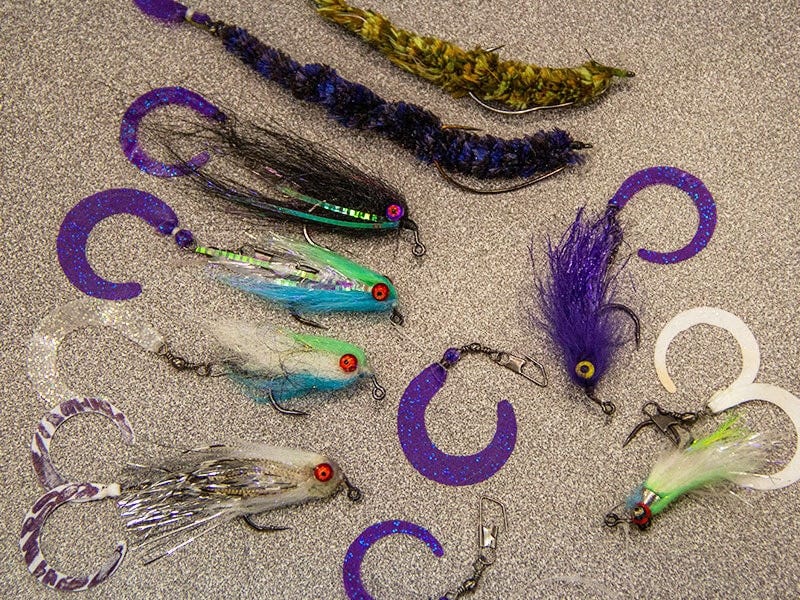
Cracking the Code
Every time I showed a possible fly selection to one of my guides, they liked it. I figured my flies must all be amazing, but some of them produced poorly and, eventually, I realized the guides had no idea what to think about my creations. The smile and nod were standard procedure.
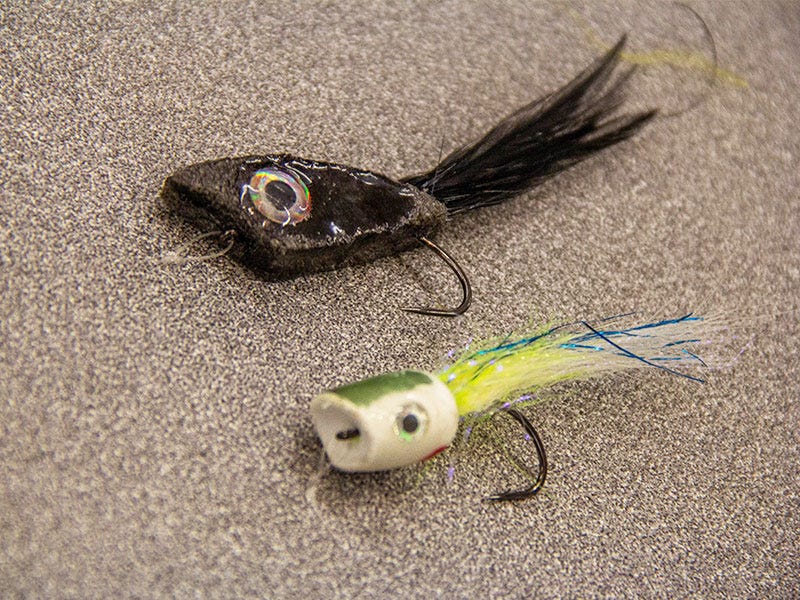
So, instead of showing them a fly, I would ask them what bait I should use. Popper, crankbait, worm, or swimbait and then the lightbulb went off. A popper is a popper and basically, if the water or conditions were not ideal, they would say “No popper.” I sometimes fudged this by adding a dropper fly to the popper. If fish were shallow and around structure, this was an ideal presentation. The popper would call them in and the twisty tail dropper jig would close the deal. Sometimes, I’d take a couple strips and pops and then let my fly dangle next to a log or location where I felt a bass might be lurking. If I was right, the popper would drop like a stone.
I found that crankbaits were the standard during the middle of the day and became code for small to medium streamers. When I was cranking, I was generally using an intermediate line and covering water with a two-fly rig. If the fish were aggressive and roaming, I would work a medium fast retrieve. If they were on structure, I’d slow down and flirt with the snags. The guides were incredibly good at getting a snagged fly free. For instance, Diablo had a line twang that could release all but the deepest of hang-ups and if that failed, we’d use the net.
Worm water generally meant deeper presentations. If the sun was high and we were on a bluff, I would run my “worm fly” off a 280-grain sinking line. If I was fishing a sloping bank or working shade, I’d use my Titan intermediate. In still water, you can get a fly surprisingly deep with an intermediate line.
Casting toward shore and slowly working it down the decline would intercept fish in two to six feet of water. The moderate sink rate seemed to trigger lots of bites.
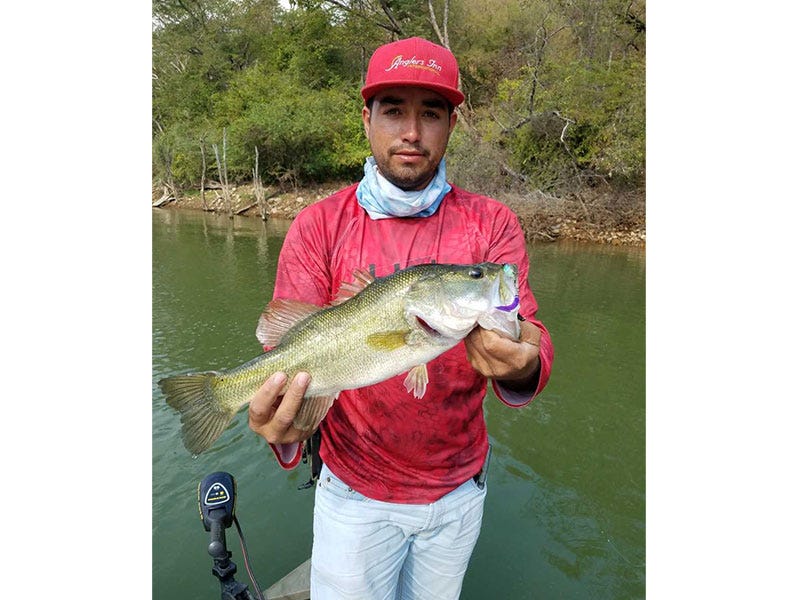
Using swimbaits meant breaking out the game changer or a large streamer and being ready to rumble with larger fish. Similar to the worm, I’d fish the big flies on a sinking line off bluffs. Giving the line six to ten seconds to sink before beginning the retrieve would draw the fly down in an arc that bass seemed to like. On shallower tapers or flats, I’d use an intermediate line.
Color Matters
Depending on daily winds and where we were fishing within the lake, the water clarity would vary. If it was stirred up, black or purple seemed to draw the most attention. Normal clarity seemed to be around four feet and chartreuse, yellow, olive, and brown seemed to work in addition to black and purple. There were only a few locations where the water was clear enough to see five or more feet. Then it was white by a wide margin.
Rods and Lines - Here was My Arsenal
- +An 8-weight that you enjoy casting a lot is your most important tool and you definitely need to bring at least one back-up. I was ready to fish the popper, crankbait, worm and swimbait water without any downtime.
- +6-weight Sage Igniter with 7-weight SA amplitude MPX fly line for light popper work. This is super fun for the early popper bite if the fish are not running too large.
- +8-weight Loop Cross SX with 8-weight Loop drift fly line for poppers. I’ve also fished with an 8-weight SA Titan taper Intermediate for worming and chucking a game changer.
- +8-weight G Loomis Asquith with 8-weight SA titan taper floating line for poppers and popper droppers and SA titan taper intermediate line for “cranking” double streamers.
- +9-weight Loop Q with Airflo streamer max for deep worming and big streamers.
- +10-weight Loop Q with Airflo tropical clear tip. This was mostly for back up, but it is perfect for big streamers and double fly rigs. Also, a 10-weight is not too much rod for bassing the larger fish or for handling doubles.
Need the perfect rod to add to your arsenal? Check these out.
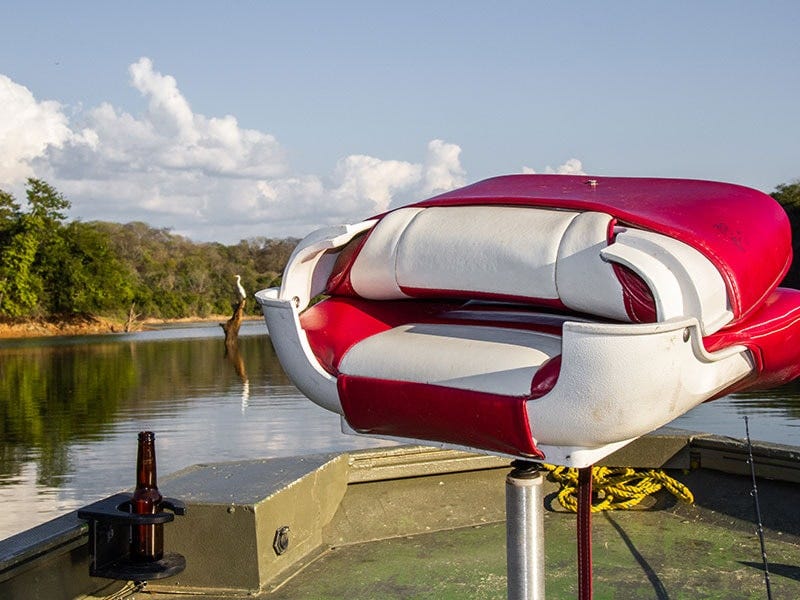
I can’t wait for the next trip! I’ve got a good idea what to bring and I’m certain I will be somewhat right. At Lake Picachos, that can mean an awful lot of fish. Who’s in for January 2020?
